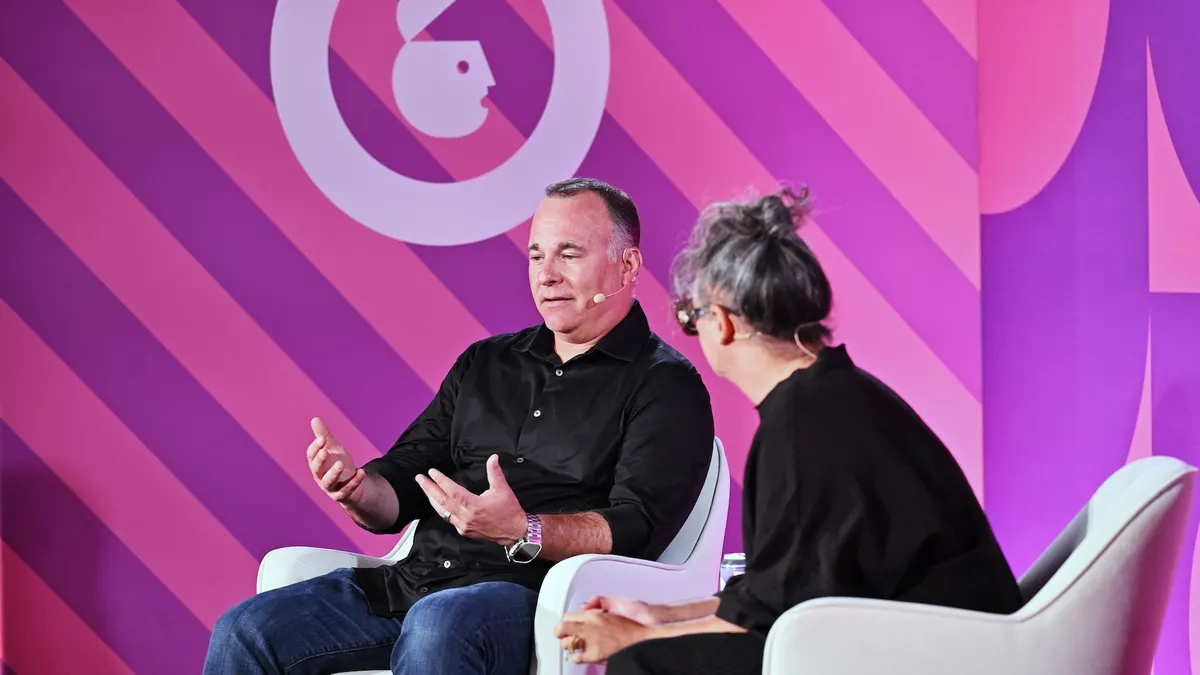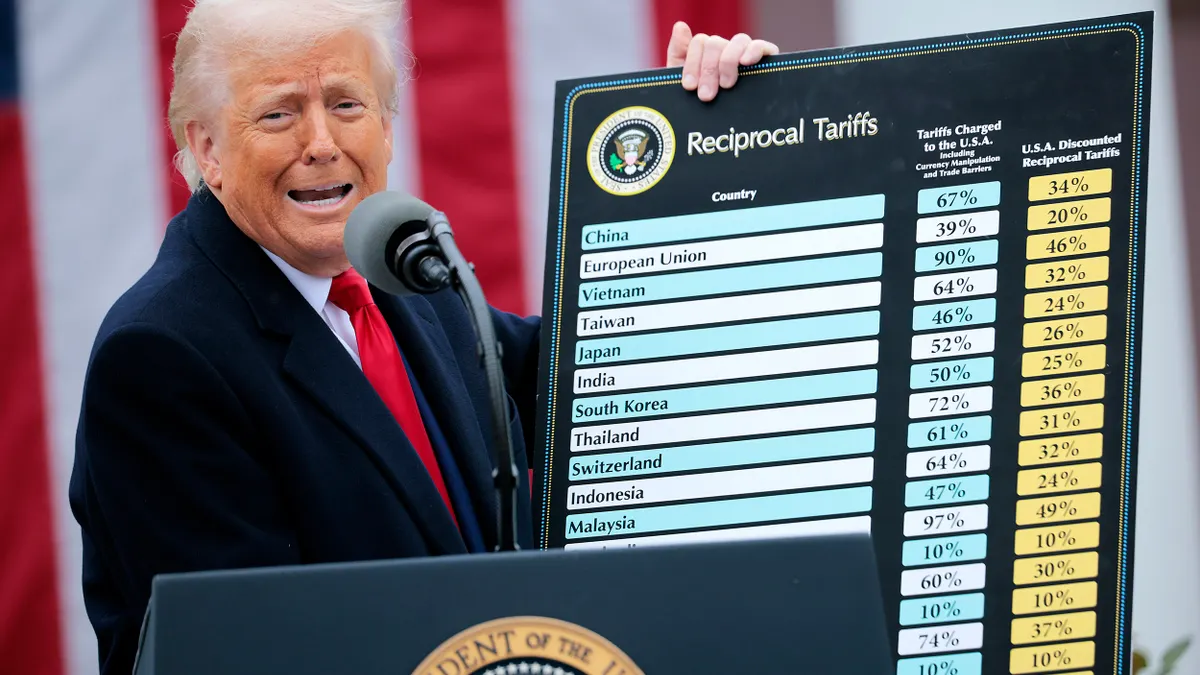The following is a guest post from Kacie McKee, director of e-commerce at Wavemaker US.
Following the release of its Q1 earnings last week, Amazon held a conference call to discuss its slowing revenue growth. However, the titan also shared some news that could reverse this new trend: its exploration of shortening the standard two-day Prime shipping model to single-day delivery. This news comes on the heels of Amazon facing pressure from brick-and-mortar retailers and policymakers on antitrust and anti-competition grounds — while also losing a bit of sheen from its public image for a number of reasons — all of which may be contributing to its slowing growth.
In Jeff Bezos' annual Amazon shareholder letter on April 11, the founder took what seemed like an opportune moment to begin mounting a strong defense of itself. It was relatively well received by the majority of business leaders and its brevity made it stand out compared to other popular shareholder letters, such as that of Berkshire Hathaway CEO Warren Buffet and JP Morgan Chase CEO Jamie Dimon. Besides focusing on the strategic long-term — and by some standards, unconventional — thinking that's been core to Amazon's success, Bezos also let off a few warning shots — some subtle, some quite direct — to investors that cover looming challenges.
Since the release of the letter, it's obvious that Amazon is looking to win over its political naysayers without compromising its size across the retail landscape. While it's true that Amazon sales are a small portion of total retail sales in the U.S. (5%) and even smaller abroad, they're the single biggest e-commerce retailer in the U.S., and second only to Alibaba globally. Bezo's downplaying of that fact is a somewhat futile attempt to shut down antitrust and anti-competition conversations. Amazon remains the dominant e-commerce retailer, and marketers shouldn't ever forget this.
Another layer to Bezos' recent defense tries to play up the growth of Amazon's independent third-party seller business relative to its own first-party sales. By stating how independent third-party sales now account for 58% of their total physical gross merchandise sales (versus 3% in 1999), Bezos highlights that Amazon doesn't control most of the sales generated on the platform. Instead, it facilitates growth for the mainly small- to medium-size businesses that sell via the marketplace, thus reducing Amazon's perceived threat as an anti-competitive entity.
For Amazon, the move to single-day shipping — something that would realistically be unmatched by any competitor — comes swiftly after the recent shift to "One Vendor," where Amazon shut down its hybrid selling model and stopped shipments with former first-party vendors. The shift surprised the vendor community and perfectly illustrated Amazon's tendency to employ hard-ball tactics along with other actions around pricing and anti-competitive practices, which are largely responsible for drawing the ire of Sen. Elizabeth Warren and others. It's clear that while Amazon will leverage all aspects of its supply chain to lower costs and maximize profits, including playing manufacturers, distributors and even other markets against one another, a supplier is not permitted to do the same in respect to utilizing Amazon's retail and marketplace models simultaneously.
That's not say that Amazon is without its benefits. Obviously, single-day shipping has countless benefits to consumers. Additionally, Amazon has made known its commitment to maintaining a long-term view, focusing on expanding employees' curiosity to create something that the customer didn't even know they wanted, and being willing to scale failures in line with Amazon's scale as a business.
"If the size of your failures isn't growing, you're not going to be investing at a size that can actually move the needle," Bezos wrote in the shareholder letter. This was tempered with, "The good news for shareholders is that a single big winning bet can more than cover the cost of many losers."
It's fair to say that the success of Echo and Alexa enabled devices proves this.
Such aspirational, brave rhetoric about a bold and innovative business represents a stark contrast from the defensive and far less persuasive posturing around its business model and actual clout within the retailer hierarchy. This only serves to reflect the reality that Amazon's growth in tech, entertainment, grocery, healthcare, retail and cloud computing was underpinned and facilitated, in part, by a hard-nosed e-commerce business with a reputation for squeezing suppliers and not being particularly brand friendly.
With Q1 2019 its most profitable quarter yet, if Amazon can use its success and dominance to continue driving innovation across the digital and physical realms, it could turn around its slow growth. That said, with growth in its advertising business only 34% of revenue, how it maintains this dominance and keeps marketers is now under the microscope, and bigger challenges for the e-commerce giant may await.


















